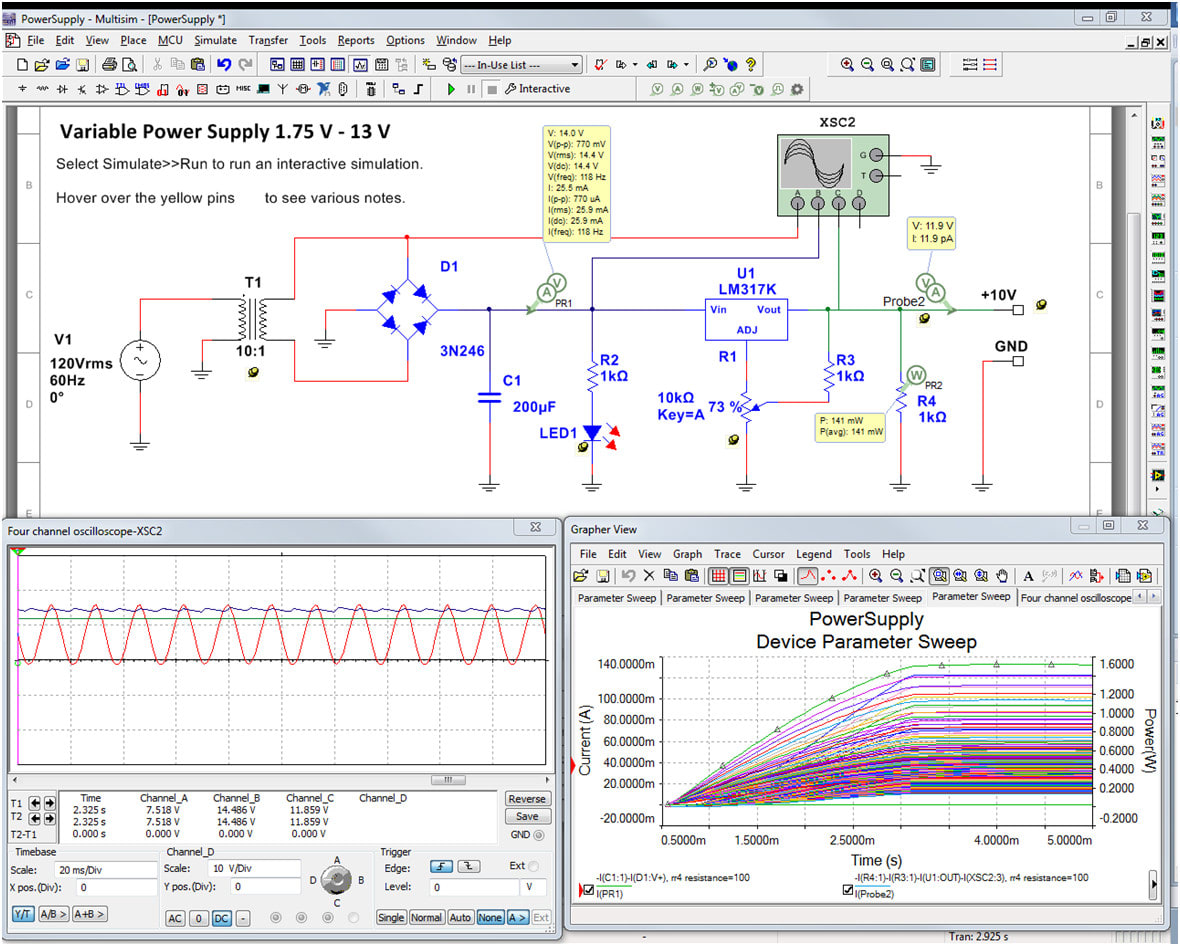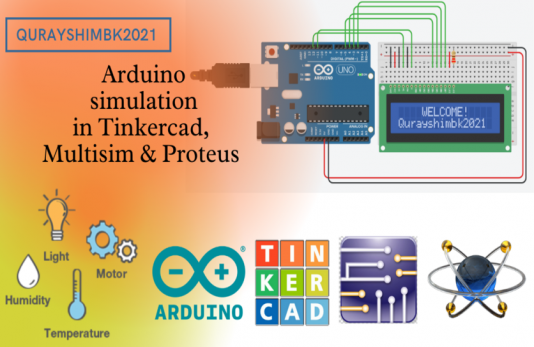

Select a constant block from Simulink general block category place. Select a multiply block from the arithmetic library and place it in the workspace. Multiply is between sensorValue (0-1023) and 0.00488. Divide operation can be one chuck and multiply the other. How can we implement this statement in Simulink?īreak the statement into chunks. The Arduino statement to convert from analog range to TTL is below. Attaching an analog source (variable resistor/potentiometer) to the analog pin will force the graph to display discrete and user-controlled inputs.Ĭonverting analog range (0-1023) to TTL (0-5 volts) The random value will display on the graph because our analog pin is open nothing is connected to it. If the graph is not displaying, double-click the graph block while the simulation is running. Place the blocks in the Simulink workspace and connect them. By default, the data will be displayed on X-axis. Plot X and Y-axis parameters can be set by double-clicking the block and inputting the parameters. In our case, this is from Arduino analog pin#4. Arduino ADC (analog to dc converter) is 10 bits wide. The analog input block is equivalent to analogRead() function of Arduino. Just click the block and enter the analog pin in the popped window. You must specify the analog pin in the properties of the block. We need just two blocks to visualize the analog input voltage: analog input block and display block.Īnalog input block reads what is present on the Arduino analog pin. Under the support package, various blocks are grouped based on attributes.Īrduino analog pin can monitor analog voltage from 0 to 5 volts. You can find the Arduino support package at Simulink > Simulink Support Package for Arduino Hardware. We will use the Arduino package in this example. Please make sure you have the Simulink Arduino support package installed. Simulink offers hardware packages for various microcontrollers/processors/soc’s Arduino, intel processors, Stm32, FPGA’s, and various other development kits. Simulink process the received data and displays the output on a graph.īefore beginning any further, I expect you are familiar with Simulink its blocks and its hardware support packages.

An external hardware module (Arduino) will send data packets to Simulink. Through blocks, control and data flow sequentially. Putting blocks together gives a clear image of the system. Simulink offers blocks (software, hardware, arithmetic, functional, electrical, etc.) which can be put together for monitoring or generating various kinds of functions and controls. Simulink and MatLab are great tools to simulate and analyze an application.


 0 kommentar(er)
0 kommentar(er)
